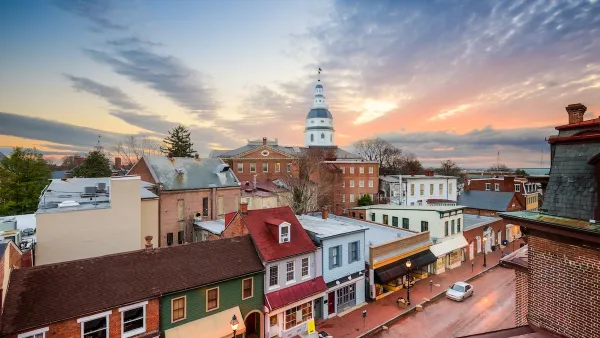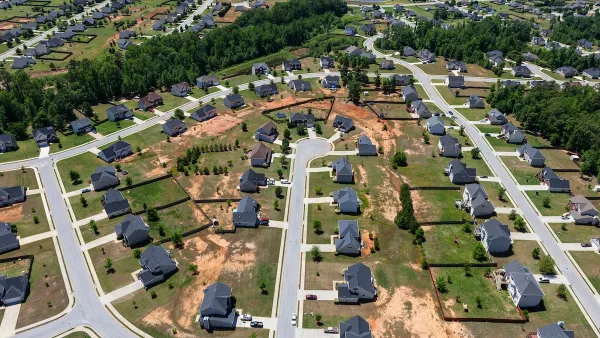Once every few semesters, I teach a seminar on "Sprawl and the Law." On the first day of the seminar, I ask students what "sprawl" is. After getting a variety of answers, I reveal the truth: most definitions of sprawl involve one of two separate definitions: "Where we grow"- Sprawl as movement from the core to the fringe of a region. "How we grow"- Sprawl as development oriented towards drivers as opposed to nondrivers.
Once every few semesters, I teach a seminar on "Sprawl and the Law." On the first day of the seminar, I ask students what "sprawl" is. After getting a variety of answers, I reveal the truth: most definitions of sprawl involve one of two separate definitions:
"Where we grow"- Sprawl as movement from the core to the fringe of a region.
"How we grow"- Sprawl as development oriented towards drivers as opposed to nondrivers.
Often, the two go together: a car-oriented development 20 miles from downtown is certainly "sprawl" by either definition. But a new urbanist development in an outer suburb (such as Celebration or Kentlands) is sprawl in the first sense ("Where") but not in the second ("How.") On the other hand, in car-oriented cities like Atlanta and Jacksonville, there are car-oriented neighborhoods built in the 1940s and 1950s- some as few as four or five miles from downtown. These places are sprawl in the second sense ("How") but not in the first ("Where").
Policymakers who wish to limit sprawl must adopt different policies to deal with each type of sprawl. Urban growth boundaries and farmland preservation limit suburban growth and thus affect "Where we grow" sprawl- but do nothing to affect "How we grow" sprawl. "How we grow" sprawl, by contrast, is not going to be affected by limitations on overall suburban growth. The most effective way to limit this type of sprawl is through density, diversity, and design- encouraging compact, mixed-use, pedestrian-oriented development in city and suburb alike.

Analysis: Cybertruck Fatality Rate Far Exceeds That of Ford Pinto
The Tesla Cybertruck was recalled seven times last year.

National Parks Layoffs Will Cause Communities to Lose Billions
Thousands of essential park workers were laid off this week, just before the busy spring break season.

Retro-silient?: America’s First “Eco-burb,” The Woodlands Turns 50
A master-planned community north of Houston offers lessons on green infrastructure and resilient design, but falls short of its founder’s lofty affordability and walkability goals.

Test News Post 1
This is a summary

Analysis: Cybertruck Fatality Rate Far Exceeds That of Ford Pinto
The Tesla Cybertruck was recalled seven times last year.

Test News Headline 46
Test for the image on the front page.
Urban Design for Planners 1: Software Tools
This six-course series explores essential urban design concepts using open source software and equips planners with the tools they need to participate fully in the urban design process.
Planning for Universal Design
Learn the tools for implementing Universal Design in planning regulations.
EMC Planning Group, Inc.
Planetizen
Planetizen
Mpact (formerly Rail~Volution)
Great Falls Development Authority, Inc.
HUDs Office of Policy Development and Research
NYU Wagner Graduate School of Public Service




























